Iceland’s coastal waters are dotted with volcanic islands that showcase the country’s dramatic geological forces, each offers unique landscapes shaped by fire and ice over thousands of years. These remote outposts provide some of the most pristine wilderness experiences in the North Atlantic, with towering sea cliffs, active geothermal areas, and wildlife populations that have evolved in isolation. Many of these islands remain largely untouched by human development, creating opportunities for adventure travelers to explore landscapes that feel like stepping onto another planet.
The volcanic origins of these islands create diverse ecosystems and geological features that change dramatically from one island to the next, making each destination a distinct adventure. Here is a list of 17 volcanic islands around Iceland worth exploring.
Westman Islands (Vestmannaeyjar)
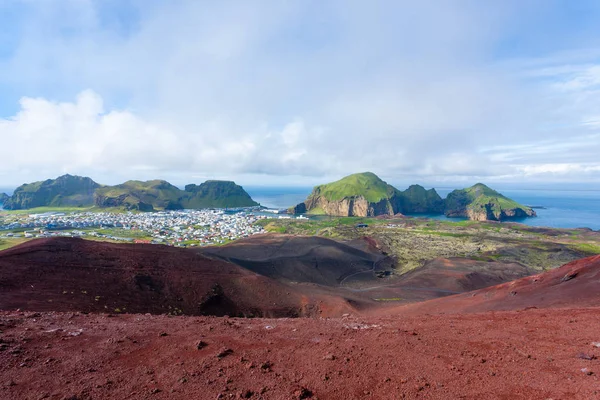
The Westman Islands archipelago off Iceland’s south coast includes 15 islands and numerous sea stacks, with only Heimaey inhabited year-round by a thriving fishing community. The 1973 volcanic eruption on Heimaey created dramatic new landscapes and nearly destroyed the town, but residents fought back by cooling the advancing lava with seawater.
Today, visitors can explore the still-warm volcanic slopes, visit puffin colonies that nest on the cliffs, and experience one of Iceland’s most isolated communities.
Surtsey Island

This UNESCO World Heritage site emerged from the ocean in 1963 during a spectacular volcanic eruption that created the world’s newest island before amazed scientists and photographers. Surtsey remains strictly protected as a natural laboratory where researchers study how life colonizes new land, with access limited to approved scientists.
The island demonstrates ongoing volcanic processes and serves as a living example of how Iceland itself formed millions of years ago.
Like Travel Pug’s content? Follow us on MSN.
Grímsey Island
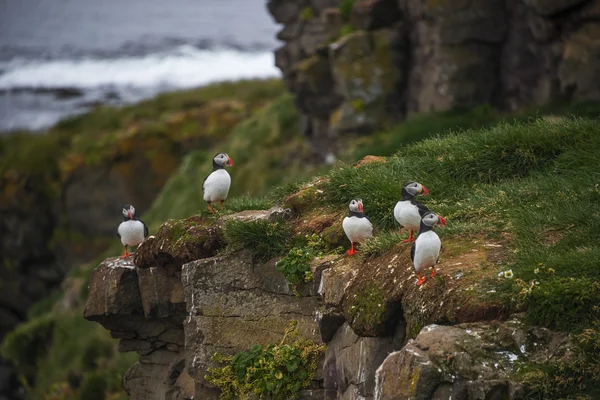
Located exactly on the Arctic Circle about 25 miles north of Iceland’s mainland, Grímsey offers visitors the unique experience of crossing between the temperate and Arctic climate zones simply by walking across the island. The small community of fewer than 100 residents maintains a traditional lifestyle based on fishing and bird hunting, with massive seabird colonies providing both a traditional food source and supplemental income.
The island’s remote location and harsh climate create a genuine Arctic adventure just a short flight from mainland Iceland.
Flatey Island
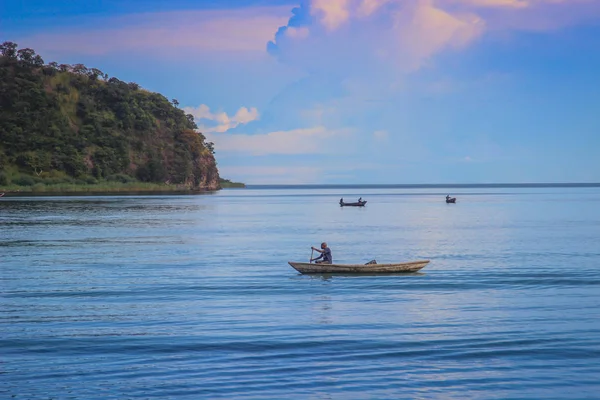
This tiny island in Breiðafjörður bay serves as a perfectly preserved example of traditional Icelandic village life, with colorful wooden houses and narrow lanes that remain unchanged since the early 20th century. During summer months, the island comes alive with nesting Arctic terns that aggressively defend their territory, creating an unforgettable wildlife experience for visitors brave enough to walk among them.
The island’s library houses one of Iceland’s most important medieval manuscripts, making it a cultural treasure as well as a natural wonder.
Vigur Island
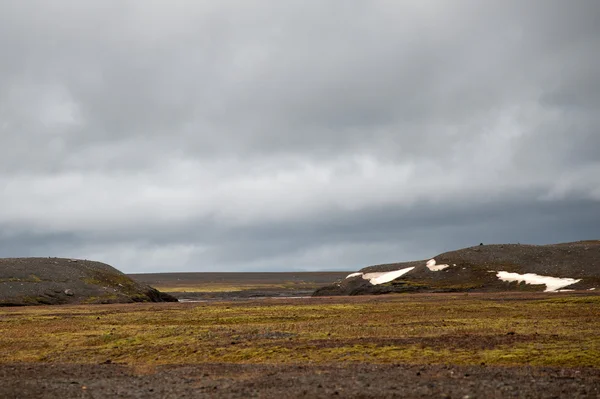
The largest island in Ísafjörður bay features the only windmill in Iceland and serves as a working farm where visitors can experience traditional Icelandic agriculture and wildlife management. The island hosts enormous colonies of eider ducks whose down is still harvested using traditional methods, providing insight into sustainable practices that have continued for centuries.
Guided tours include visits to the historic farmhouse, demonstrations of down collection, and close encounters with thousands of seabirds.
Like Travel Pug’s content? Follow us on MSN.
Drangey Island

This dramatic sea stack in Skagafjörður rises 590 feet straight from the ocean, accessible only by rope climbing up its sheer cliffs. The island played a crucial role in Icelandic saga literature as the final refuge of the outlaw Grettir the Strong, whose story adds historical depth to the challenging adventure of reaching the summit.
Today, visitors can arrange guided climbs to experience one of Iceland’s most thrilling outdoor adventures while exploring the island’s role in medieval Icelandic culture.
Papey Island
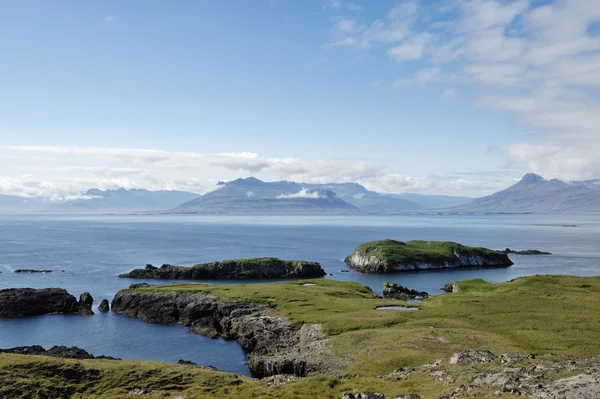
Named after Irish monks who may have lived here before Viking settlement, this small island off Iceland’s east coast offers excellent hiking trails through diverse landscapes, including wetlands, grasslands, and rocky shores. The island supports one of Iceland’s oldest wooden churches and provides nesting habitat for numerous seabird species, including gannets and guillemots.
Day trips from the mainland fishing village of Djúpivogur include boat tours around the island’s dramatic coastline and guided walks through historical sites.
Lundey Island
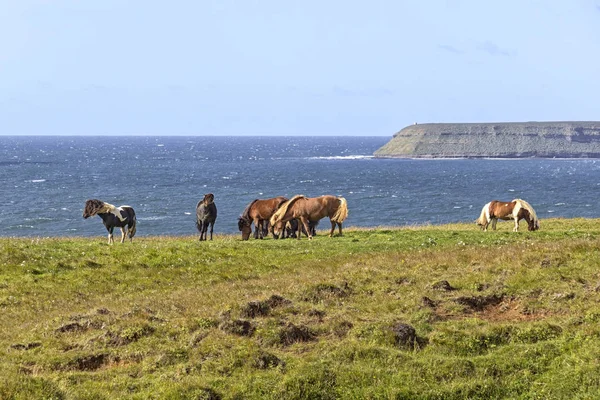
This small island near Reykjavik serves as an important breeding ground for puffins and other seabirds, earning its name, which translates to ‘Puffin Island’ in English. Boat tours from Reykjavik harbor provide close-up views of the comical seabirds during breeding season from May through August.
The island’s proximity to the capital makes it one of the most accessible places to observe puffins in their natural habitat without traveling to more remote locations.
Like Travel Pug’s content? Follow us on MSN.
Akurey Island
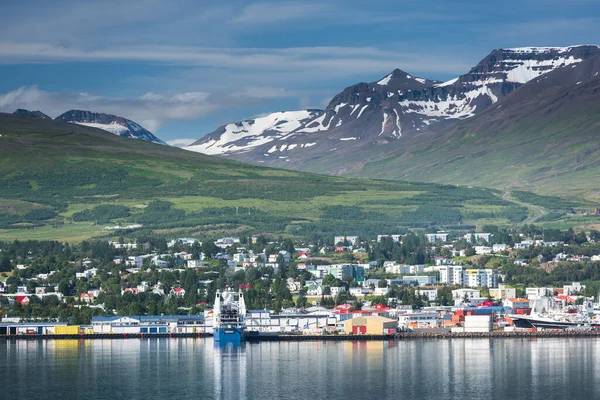
Located in Kollafjörður near Reykjavik, this small island offers excellent puffin watching opportunities and serves as a breeding ground for various seabird species. The island’s relatively small size allows visitors to observe different bird behaviors and nesting strategies within a compact area during short boat excursions.
Local tour operators provide specialized wildlife photography tours that take advantage of the island’s calm waters and diverse bird populations.
Elliðaey Island
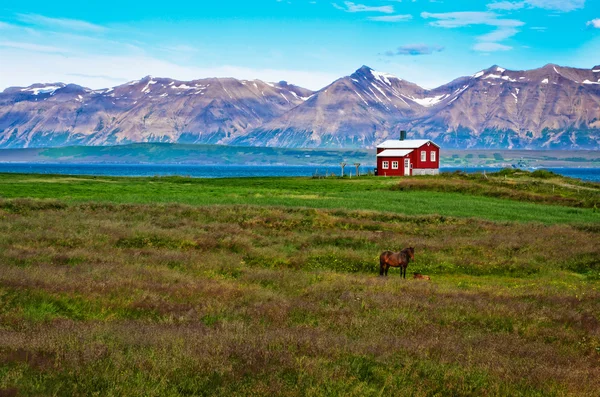
This uninhabited island south of Iceland features a single house that has sparked internet legends about billionaire hideaways, though it actually serves as a shelter for local hunting associations. The island demonstrates how Icelanders have traditionally used offshore islands for seasonal hunting and gathering, with the house providing basic accommodation for overnight trips.
Boat tours offer views of the mysterious house and opportunities to spot whales and dolphins in the surrounding waters.
Hjörsey Island
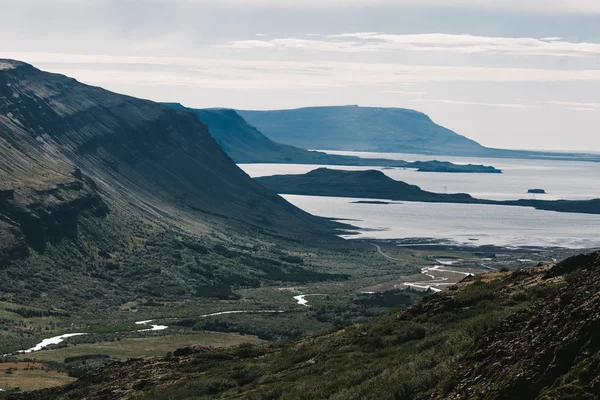
This privately owned island in Breiðafjörður bay operates as a working farm where visitors can experience traditional Icelandic agricultural practices in a stunning natural setting. The island’s isolation has preserved old farming methods and livestock breeds that have disappeared from the mainland, creating a living museum of Icelandic rural culture.
Overnight stays in the farmhouse provide an authentic taste of island life, including participation in daily farm work and traditional meals.
Like Travel Pug’s content? Follow us on MSN.
Brokey Island
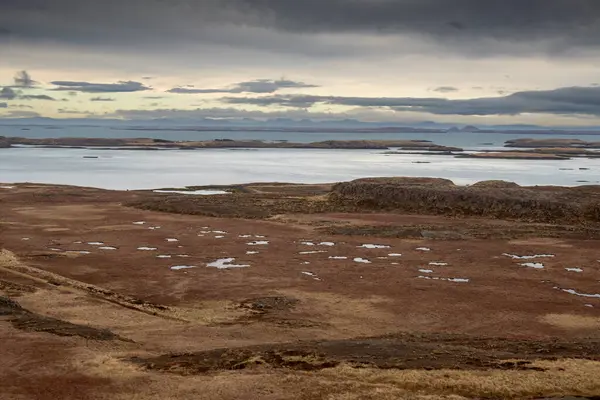
This small island near the Westman Islands chain offers pristine wilderness hiking and excellent seabird watching in a location rarely visited by tourists. The island’s volcanic landscapes include lava tubes, sea caves, and unique rock formations created by interactions between flowing lava and seawater.
Advanced kayakers can reach the island independently, while boat charters provide access for day trips focused on wildlife photography and geological exploration.
Geirfuglasker Rock
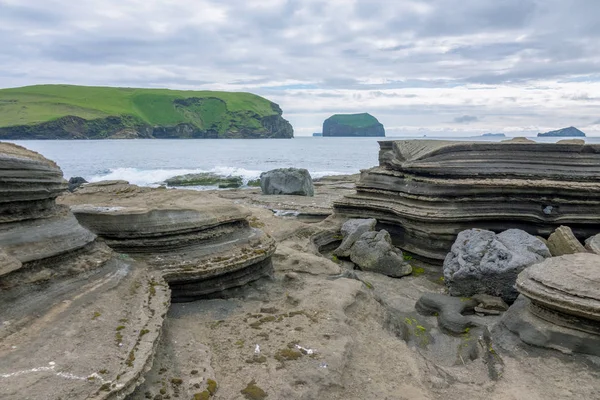
This remote sea stack gained historical significance as the last known breeding location of the great auk before the species’ extinction in the mid-19th century. While the original stack collapsed in 1830, the nearby replacement site continues to attract seabird researchers and history enthusiasts interested in conservation stories.
Boat trips to the area provide opportunities to reflect on human impacts on wildlife while observing the diverse seabird populations that continue to thrive here.
Eldey Island
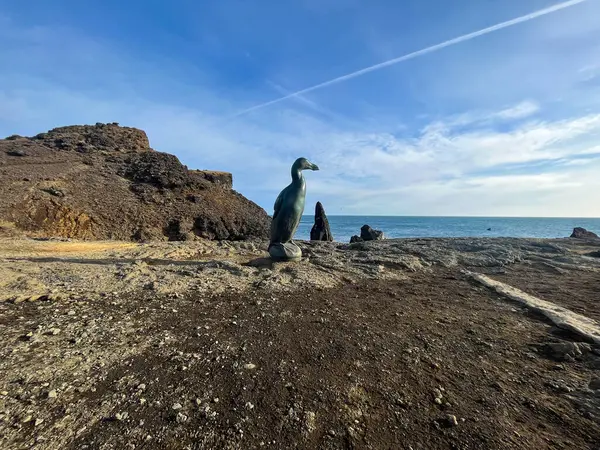
This dramatic sea stack southwest of the Reykjanes Peninsula serves as one of the North Atlantic’s most important gannet breeding colonies, with thousands of birds creating a spectacular wildlife display. The island’s sheer cliffs and isolated location provide perfect nesting conditions for seabirds while creating challenging conditions for human visitors.
Specialized boat tours during breeding season offer incredible photography opportunities and insights into seabird ecology from expert guides.
Like Travel Pug’s content? Follow us on MSN.
Ölfusá Islands
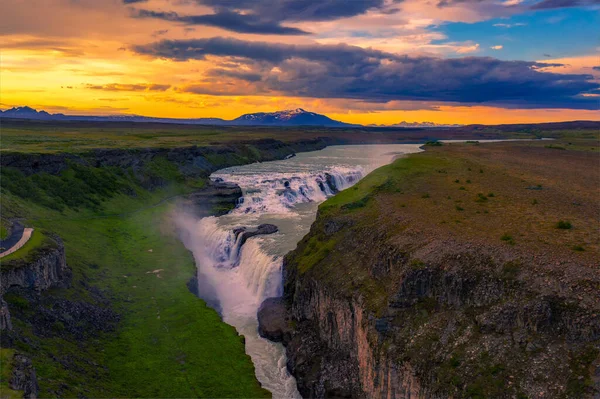
These small islands in the river mouth near Selfoss provide important habitat for various bird species and offer easy access for mainland visitors interested in island exploration. The islands demonstrate how volcanic activity and river dynamics create constantly changing landscapes in Iceland’s coastal zones.
Walking tours during low tide allow visitors to move between islands while observing how freshwater and saltwater ecosystems interact.
Gásker Island
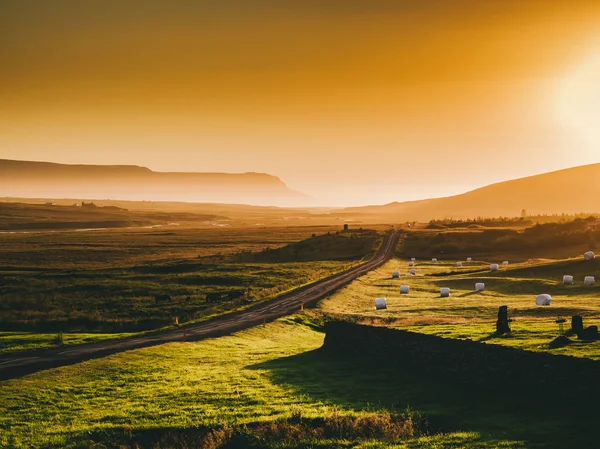
This remote island southwest of the Reykjanes Peninsula hosts one of Iceland’s most important lighthouse stations and provides crucial navigation assistance for ships traveling Iceland’s dangerous southwestern waters. The island’s exposed location creates extreme weather conditions that test both human endurance and engineering capabilities.
Helicopter transfers provide the only practical access to this windswept outpost where lighthouse keepers maintain one of Iceland’s most isolated duty stations.
Kolbeinsey Island
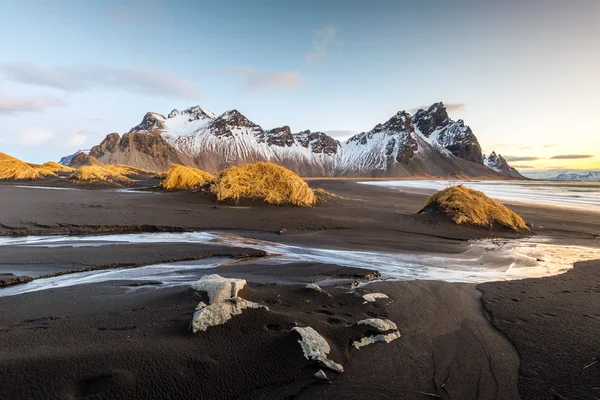
Located at Iceland’s northernmost point, this tiny island sits precariously above sea level and continues to shrink due to wave erosion, making it one of the country’s most endangered geographical features. The island marks Iceland’s territorial waters and exclusive economic zone boundaries, giving it importance far beyond its tiny size.
Research expeditions study how climate change and sea level rise affect small volcanic islands throughout the North Atlantic region.
Like Travel Pug’s content? Follow us on MSN.
Remote Volcanic Laboratories
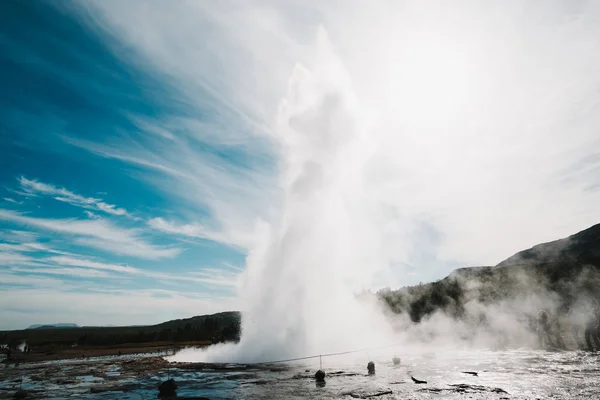
These volcanic islands around Iceland provide living laboratories where visitors can observe geological processes, wildlife adaptations, and human resilience in some of the North Atlantic’s most challenging environments. Each island tells a unique story of volcanic creation, environmental adaptation, and cultural survival that adds depth to any Icelandic adventure.
The accessibility of these islands varies dramatically, from easy day trips to challenging expeditions, ensuring that explorers of all experience levels can find appropriate volcanic island adventures in Icelandic waters.
More from Travel Pug

- 20 Best Beach Towns in the Carolinas
- 13 Destinations Where Tourists Regularly Regret Their Trip
- 20 Things You Actually Get in First Class
- 20 Small Airports With Aviation Museums
- 20 Places in the U.S. That Are Perfect for a Reset Trip
Like Travel Pug’s content? Follow us on MSN.
